Dacron features and fabric use
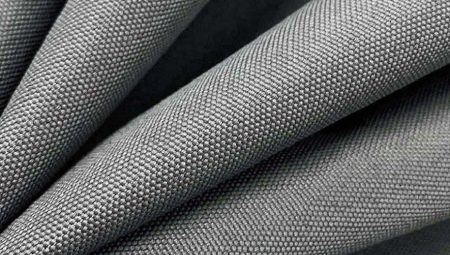
The fabric market is represented by the overwhelming majority of synthetic materials, for the production of which polyester fibers are used. Dacron is assembled from the same threads - a universal material with which you can sew almost everything: from clothing items to decorative elements.
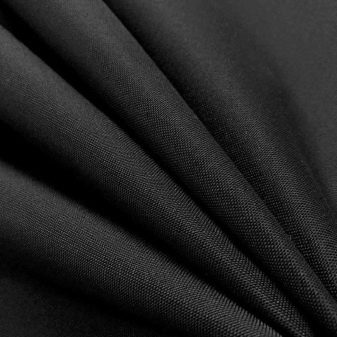
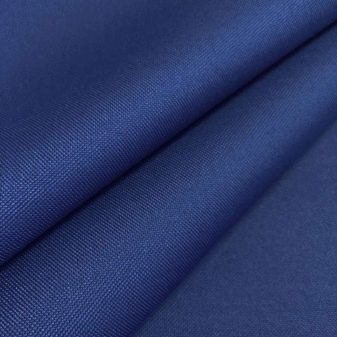
What it is?
Dacron is a material based on synthetic fibers and granules that have been previously passed under high temperatures for hardening. The peculiarity of the canvas is in an absolutely smooth front side, which is not exposed to external influences and shows resistance to deformation.
For the first time, dacron fabric appeared in the 50s of the last century. The material was taken out by chemists from DuPont, a large chemical concern famous for its gunpowder and explosives. Thanks to the new discovery, America is today the leader in the production and import of dacron fabric. China is in second place.
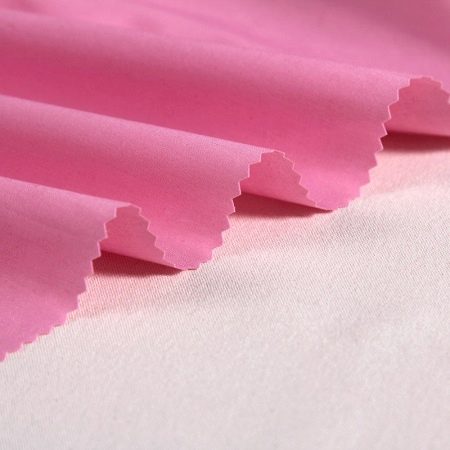
In some ways, the synthetic material resembles nylon, for example: it is just as resilient. However, it has many other characteristics that make the paintings unique. Dacron belongs to a group of materials for the manufacture of which refined petroleum products were used.
Polymer fibers obtained thanks to modern techniques undergo additional processing and only then are woven into a cloth.
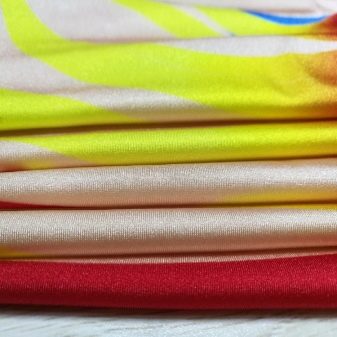
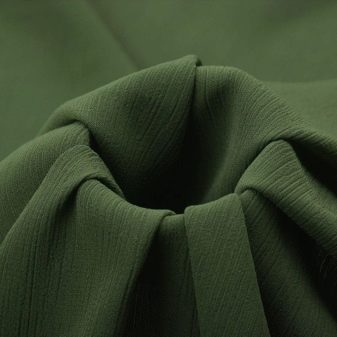
The scope of application of modern textiles was determined by its properties. Dacron is considered a universal material, which is characterized by the following indicators:
- the basis of raw materials is polyester fibers;
- fiber weaving technique - innovative;
- moisture resistance - high;
- hygroscopicity - only 1–5%;
- aeration of the fabric - low;
- the degree of strength and resistance to wear is high.

The material is resistant to any kind of deformation: does not shrink when washing, and also does not wrinkle over time and does not fade under the sun. The fabric has a fairly high density - 50-170 g / m2. Most of the dacron manufacturers are factories from the USA or China. At the manufacturing stage, the canvas is one-color, painting is performed already at the finishing stage of material processing.
It should be noted that the dacron's color palette is not very rich.

So, the main advantages of an innovative canvas:
- long service life;
- improved resistance to most external influences;
- preservation of properties during temperature drops;
- light weight;
- unpretentiousness to care;
- low price.

Of course, it is not without its drawbacks. For example, airtightness is considered a disadvantage of the material: it leads to skin irritation due to insufficient ventilation. Also, the disadvantages include shedding tissue on the sections and the accumulation of static charge.
Application
Due to the low hygiene of the material, the composition of which contains 100% synthetic fibers, Dacron is rarely used for sewing clothes. Protective hiking jackets are mainly made from linen, as well as:
- rain kits;
- work clothes;
- tourist equipment.
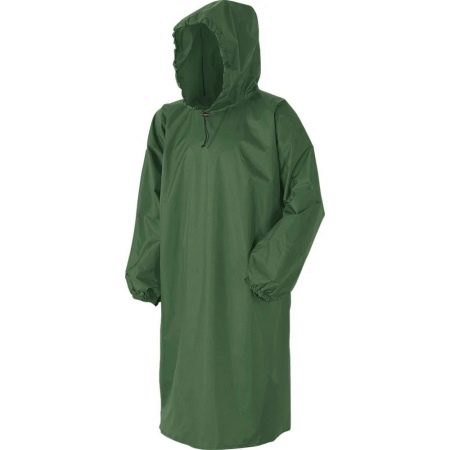
Sometimes dacron is used in the form of an additive, which is placed in a mixture of woolen, linen and other fibers in order to increase the wear resistance of materials and extend their service life. Dacron is more suitable for making household items. The fabric is often used to create:
- sails;
- curtains and curtains;
- awnings;
- covering structures;
- ropes.

Interestingly, the dacron is also suitable for making a bowstring that will be able to withstand any kind of tension and exhibit good spring properties during operation.
Finally, a similar material is found in the manufacture of carpets and faux fur.
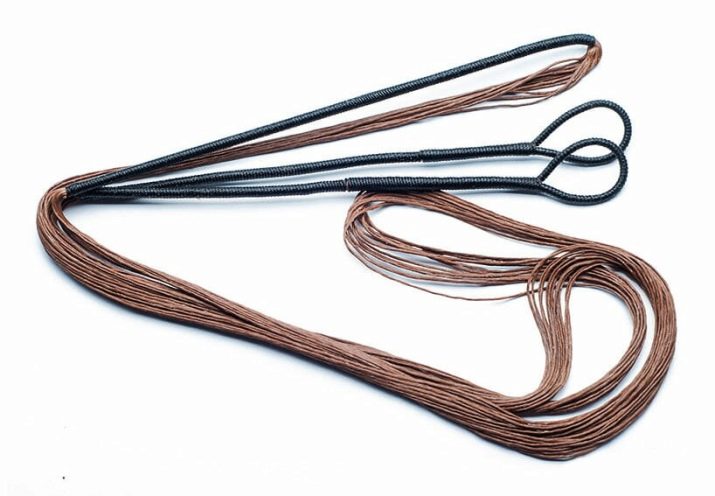
Care rules
One of the attractive properties of Dacron is its excellent dirt and dust repellent properties. In case of any dirt, it is enough to simply brush away unnecessary particles with a brush, so the fabric is especially unpretentious to care for.
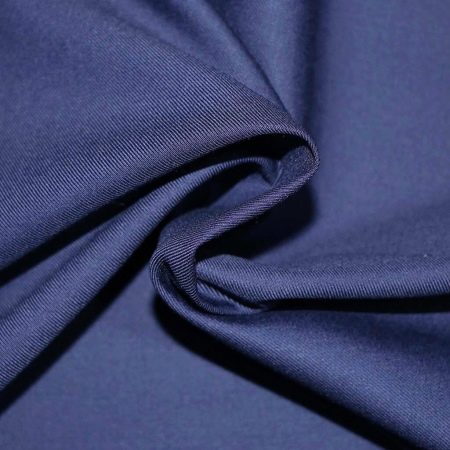
However, this does not mean that the material does not need to be washed. In real life, it is recommended to do this every day, especially when it comes to wardrobe items. Before you start washing, it is worth considering a few recommendations.
- The water temperature should be in the range of 60-70 degrees. It is noteworthy that the fabric does not deform under the influence of high temperatures, does not shrink or undergo premature wear.
- It is better to wash dacron separately from other things so as not to spoil the characteristics of the material.
- Dacron fabric should not be bleached, otherwise it will lose all its positive properties.
- When washing things, it is recommended to use special detergents; it is better to refuse powders. This approach will ensure high-quality washing and prevent the formation of microcracks on the surface of the canvas.
- For spinning, you should choose medium speed of the machine.
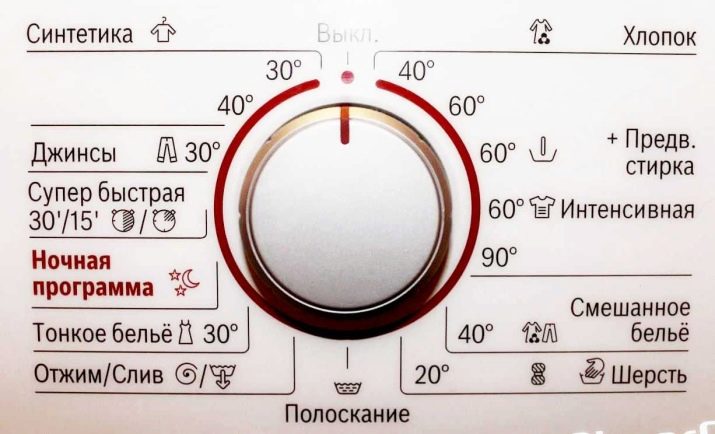
Drying is best done at room temperature. It is not recommended to hang Dacron products in the sun, so as not to spoil the quality of the material. Also, drying on special devices in the form of heaters or gas burners is unacceptable. Prolonged exposure to excessively high temperatures deforms the canvas.
If necessary, dacron items can be ironed by first setting the iron to work with synthetics. You can also use a steamer.
Dacron is a synthetic fiber material that is more suitable for general use than clothing. Differs in a large set of positive properties, among which the increased strength and resistance to various influences are especially distinguished.









